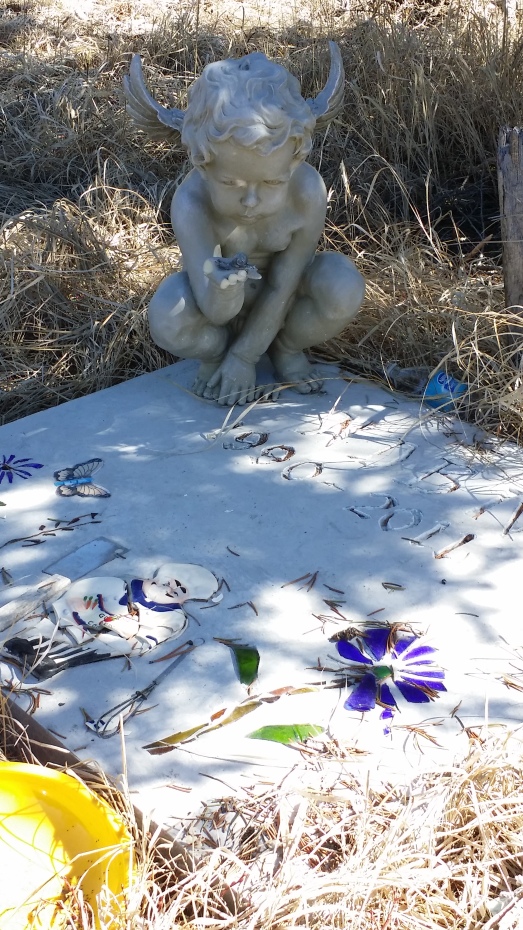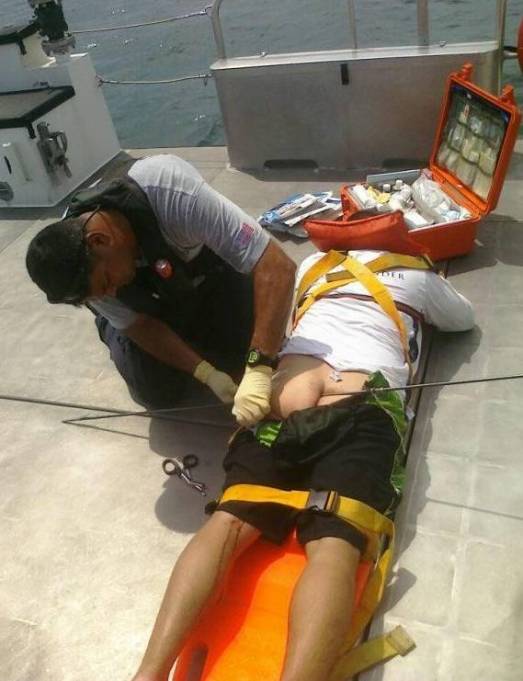
Oh, those Swedes.
I was thinking the other day about important things I learned while working with hospice (and by “important” I mean things like what surprised me to the happy upside, and what do I need to know to make a graceful exit when it’s my turn?) and a few things came up.
The first is a piece of information that falls under the Graceful Exit category and is, I think, pretty important. Perhaps even critical in the same way that knowing where the emergency exit doors are located on a plane can be critical. It goes something like this:
If the current medical system was a building that we’re supposed to enter at birth and leave at death, then there’s a serious flow problem because they’ve blocked most of the exits.
There’s basically only one official door left where people trying to get out are allowed to leave the building without a fight. (More on that below.)
No doubt about it, we’re living in an unusual age. Dying has become very hard to accomplish, which is weirdly wonderful until it’s actually time to die and then it totally, totally sucks. It wasn’t always like this. For roughly the last thousand years of Western civilization, people used to die according to a fairly simple formula:
a) They lived for a time.
b) They got really sick or severely injured.
c) They realized they’d never get better.
d) They summoned, reconciled, forgave, received forgiveness, and bequeathed.
e) Then they went ahead and died.
(Except for those who died suddenly and went straight from A to E. It’s interesting to note that while nowadays many feel that’s an ideal way to go, historically it was frowned upon. Dante for instance, relegated some of the souls that died unexpectedly to the lowest circle of hell which, I don’t know, seems a bit harsh. I’d be curious to know his thinking on that one, although he looks like a scary guy to argue with.)

This by Sandro Botticelli.
Due to some of our pretty extraordinary medical advances however, that ancient formula isn’t working so well anymore and while we’re still following the first two steps…
a) We live for a while.
b) Then we get really sick or severely injured.
…once we get to Step C things fall apart at the seams. Our bodies can now be kept alive almost indefinitely which has made it a lot harder, sometimes impossible, for people to either slip out without any fuss or at least figure out when it’s time to let go. I’m not exaggerating here. The bottleneck of bewildered, milling, hospital gowned people trailing IV poles and looking for a definitive answer has grown so massive that it’s threatening not only our healthcare system but our entire economy.
So why is this happening? Well there are actually a lot of reasons but I’m only going to address two of them here. The first is that, while modern medicine has a variety of goals, there’s a kind of One Goal To Rule Them All. Our current healthcare system has evolved around the central purpose of keeping everyone alive for as long as possible which, for the vast majority of our lives, is a good, noble, sacred thing, and one which I think we’re all pretty grateful for.
The problem arises when someone realizes that oh, it’s my time, so they gather their things and head for the nearest exit (these are the doors with signs overhead like Heart Attack, Pneumonia, Sepsis, Aneurysm, Dehydration, Flu, Respiratory Failure etc.) But there are guards on all these doors who turn them back with shock paddles, intubation, or offers of antibiotics, vaccinations, IVs, etc., sometimes over and over and over again. People trying to leave the building often have to spend a lot of time and money frantically going from door to door until they’re finally so frustrated that they just overpower the guards and escape anyway.
I read a recent story of an elderly gentleman with a heart condition who decided he’d lived a long enough/good enough life and was now ready to go. After much deliberation he decided to decline any further interventions and treatments, filled out an advance directive, got his wife and doctors all on board with his decision, and even signed a Do Not Resuscitate order.
Then he went golfing where he had a major heart attack somewhere around the seventh hole. Panicked bystanders called 911 which, unfortunately, activated the guards standing next to that particular door. The EMT’s sprang into action and once they arrived on the scene nothing could really stop them. (Please keep in mind that emergency responders are bound by some strict legal codes to preserve life and deliver it to the hospital.) Evidently, even the man’s advance-directive-bearing-wife couldn’t get them to stop (I wonder where the DNR was and if it would have made a difference?) and so our elderly gentleman had to endure the overwhelming pain and multiple broken ribs of CPR along with many other uncomfortable resuscitative efforts in both the ambulance and the emergency room before he finally died from his heart attack anyway, just far more broken, disheveled, and black and blue than if he’d been allowed to die back on the green. (And then his wife got the bill.)
Needless to say this was not how he wanted to exit the building. At all. Most people don’t want to leave this way. Nevertheless, this kind of situation happens over and over again because right now there’s still a sizable disconnect between emergency medical services and end of life care. (And preventive services and end of life care. And routine care and end of life care. And…well, pretty much the entire medical system and end of life care.) This kind of thing happens in nursing homes and assisted living facilities and hospitals, too, and everyone knows it’s a big problem. The good news is that solutions are currently being sought. The bad news is a lot of the problem is structural and hard to change. Even so I’m confident we’ll figure something out eventually.
So in the meantime, what’s a person who’s ready to go and wants to avoid extraordinary medical measures to do?
Well, this is where that One Official Exit I mentioned earlier comes in. You’ve probably already guessed by now but the sign over this door reads HOSPICE (and to a growing extent the up and coming PALLIATIVE CARE.) Just so you know, people who queue up at this door are hands down the most likely to have their passports stamped and passed right on through in a graceful, peaceful, unmolested way.
Sounds simple enough, no? I thought so too, but in reality this particular door, even though it’s the one that everyone respects and agrees on, is still the most misunderstood and underutilized exit of them all. Why?
Well, that brings me to the second reason why people tend to bottleneck in end-of-life care these days, but I don’t have room for it here so I’ll have to cover it in the next post:
Odd Thing About Dying #2: We’d like some destiny with our death please.
copyright Dia Osborn 2013
Related articles:
“Maybe we need to redefine “Palliative Care.”
“Hospice Misunderstood by Patients, Providers Alike”
“Why MOST doctors like me would rather DIE than endure the pain of treatment we inflict on others for terminal diseases.”






































